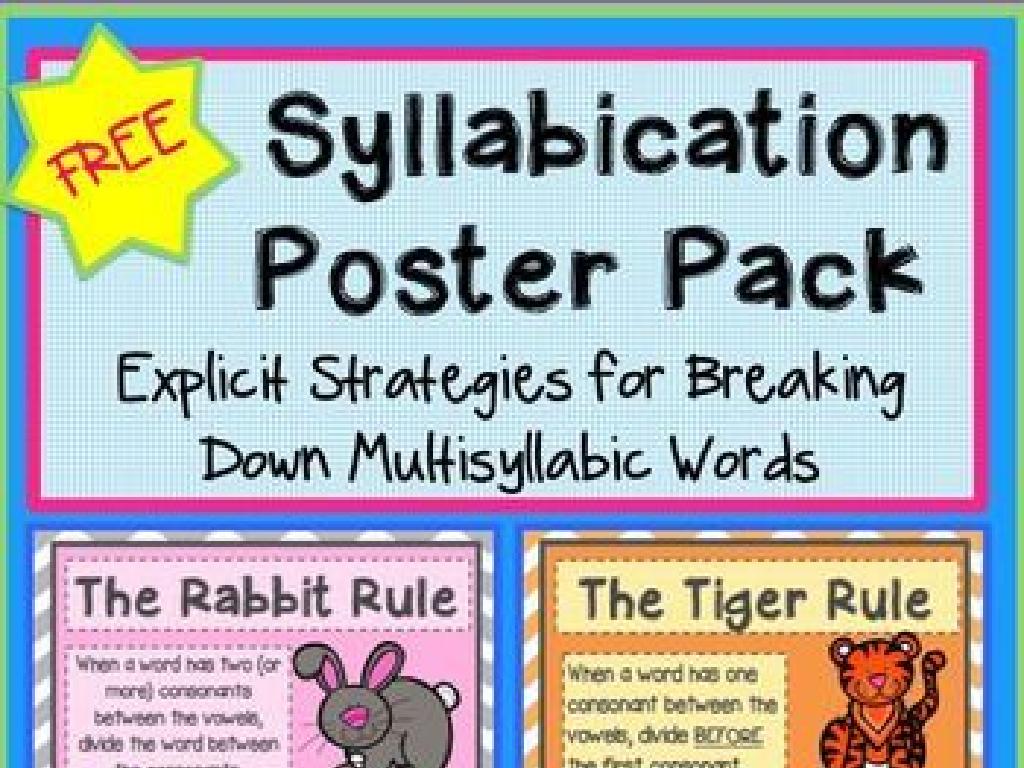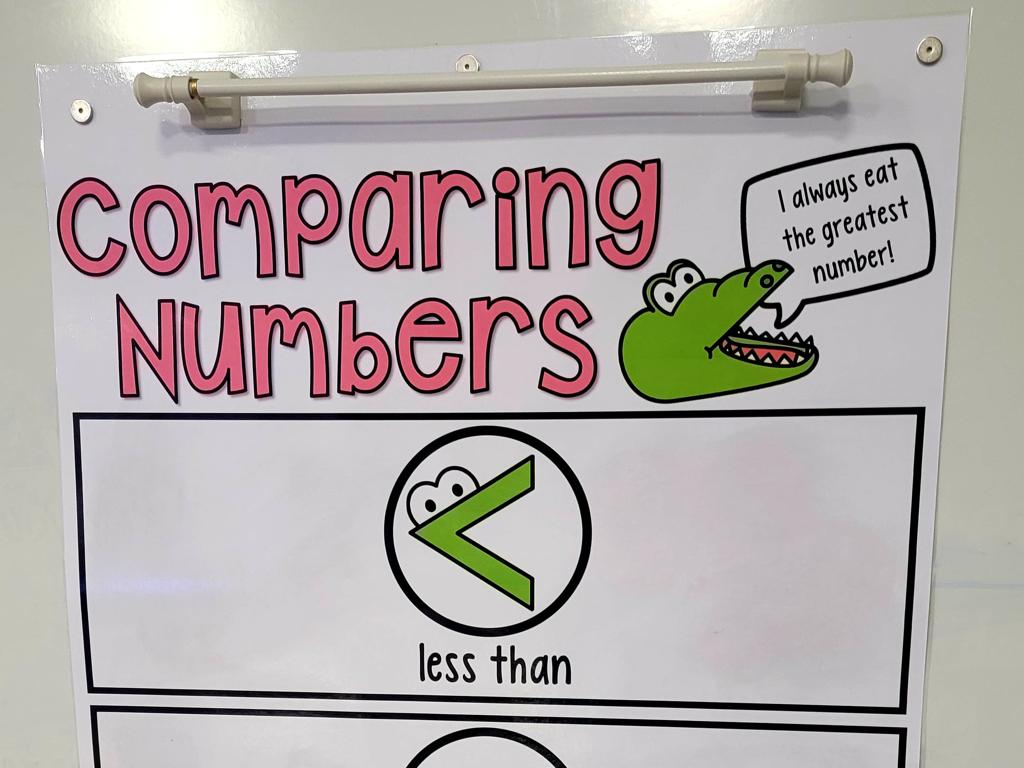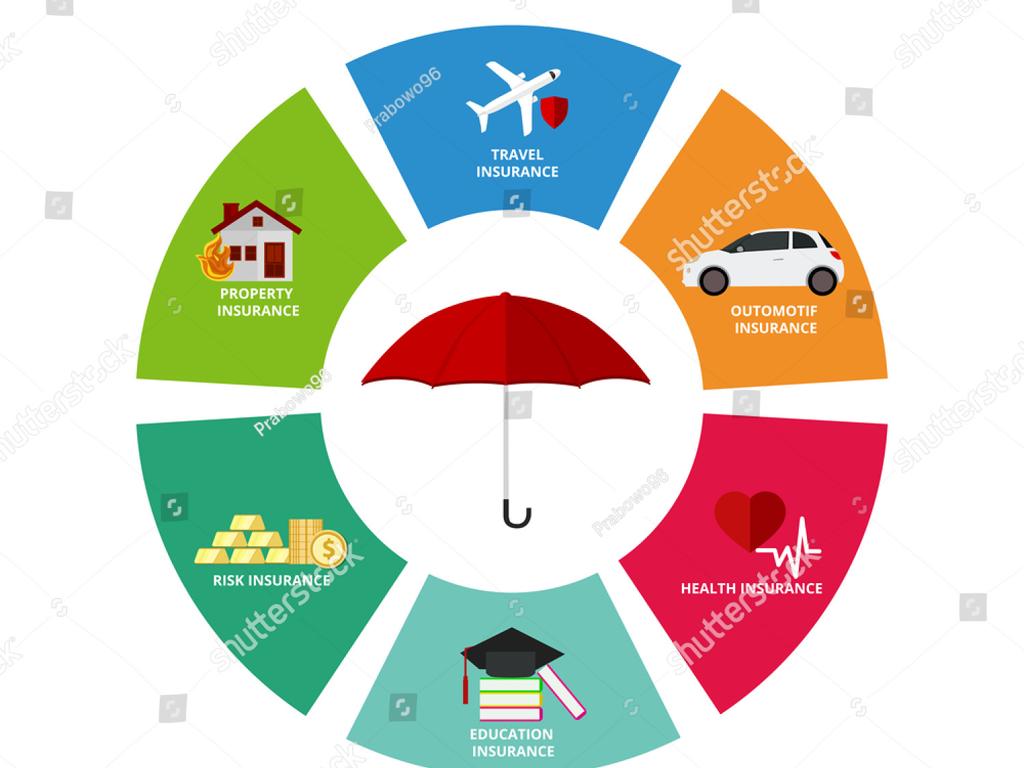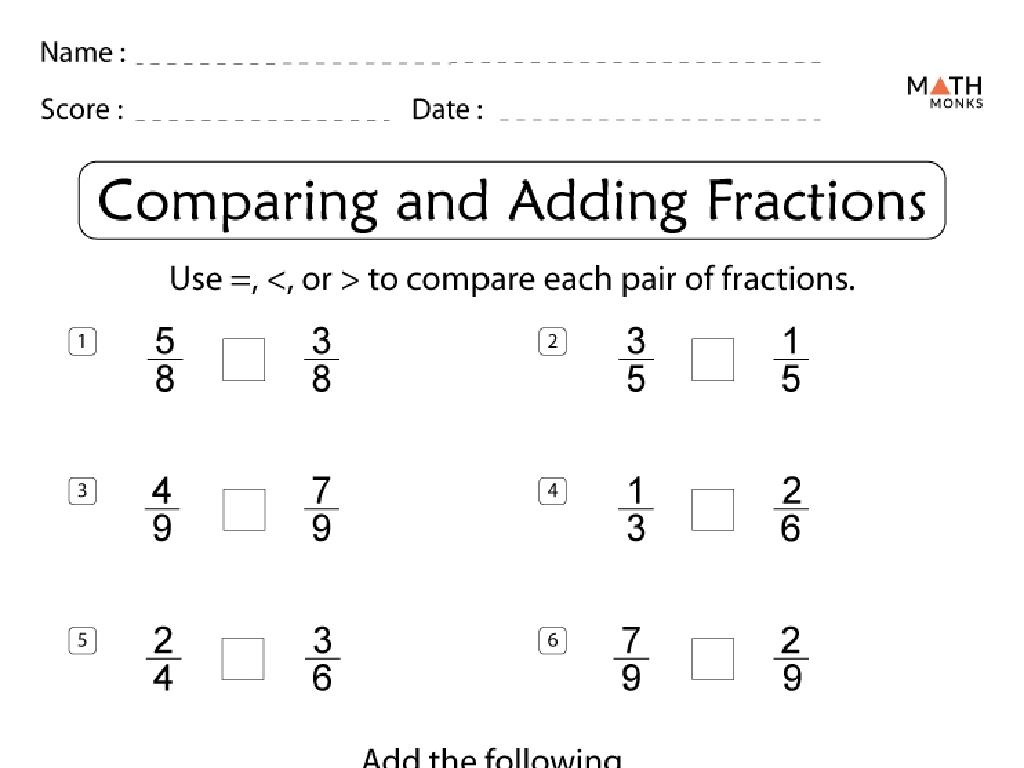Interpret Figures Of Speech
Subject: Language arts
Grade: Sixth grade
Topic: Literary Devices
Please LOG IN to download the presentation. Access is available to registered users only.
View More Content
Exploring Figures of Speech
– What are figures of speech?
– Expressions that convey meanings beyond the literal
– The power of figurative language
– Figurative language enhances writing, evoking emotions and images
– Creating imagery with words
– Descriptive language that paints a picture in your mind
– Examples in literature
– Metaphors in ‘The Giver’ or similes in ‘Charlotte’s Web’
|
This slide introduces students to the concept of figures of speech, which are a key component of literary devices. Figures of speech go beyond the literal meanings of words to give readers new insights and perspectives. By using figurative language, writers can evoke emotions, create vivid imagery, and convey complex ideas in an accessible way. Encourage students to think about how descriptive language can create mental images and feelings. Provide examples from familiar literature to illustrate how metaphors, similes, personification, and hyperbole enhance storytelling. Discuss how these devices can change the way we interpret a text and how they add depth to the reading experience.
Exploring Figures of Speech
– Define figures of speech
– A way to express ideas creatively
– Purpose in literature
– To enhance writing and engage readers
– Examples: Simile, Metaphor, Personification
– Simile compares using ‘like’ or ‘as’; Metaphor is a direct comparison; Personification gives human traits to non-human things
– Recognizing their use
|
This slide introduces students to the concept of figures of speech, which are creative expressions used in writing to convey ideas in a vivid and imaginative way. Explain that writers use these tools to add depth to their writing, making it more engaging and relatable to the reader. Provide clear examples: a simile compares two things using ‘like’ or ‘as’ (e.g., ‘as brave as a lion’), a metaphor makes a direct comparison (e.g., ‘time is a thief’), and personification gives human characteristics to non-human objects or abstract ideas (e.g., ‘the wind whispered through the trees’). Encourage students to find examples of these figures of speech in their favorite books or songs as a class activity.
Understanding Similes in Literature
– Similes compare two things
– A simile is a figure of speech that says one thing is like another different thing.
– Use ‘like’ or ‘as’ for comparison
– The words ‘like’ or ‘as’ are used to show similarities between two different things.
– Example: ‘As brave as a lion’
– This phrase compares bravery to a lion, suggesting a very brave person.
– Similes enrich our writing
– They add creativity and help readers visualize the text.
|
This slide introduces the concept of similes as a literary device used to compare two different things, emphasizing the use of ‘like’ or ‘as’. Provide students with the example ‘As brave as a lion’ to illustrate how similes function. Explain that similes are important because they make writing more descriptive and interesting, helping readers to visualize and understand the text better. Encourage students to think of their own similes and consider how these comparisons can paint a vivid picture in the reader’s mind. Discuss why authors might choose to use similes in their writing and the effect it has on the reader’s experience.
Understanding Metaphors
– Metaphors: a direct comparison
– Compares two things without ‘like’ or ‘as’
– Example: ‘Time is a thief’
– Shows time can steal moments, like a thief
– Imagery effect of metaphors
– Metaphors create vivid pictures in our minds
– Practice identifying metaphors
|
This slide introduces metaphors, a key literary device in language arts. Metaphors make direct comparisons between two unrelated things without using ‘like’ or ‘as’, which helps to strengthen descriptions and convey deeper meanings. For example, saying ‘Time is a thief’ implies that time can steal moments from us without our realizing, just as a thief would. This creates a powerful image and can evoke emotion, making the text more engaging. Encourage students to think of their own metaphors and how these comparisons can paint a picture in their minds. In the next class, we’ll practice identifying metaphors in literature and discuss the imagery they create.
Exploring Personification
– Personification definition
– Assigning human traits to objects or ideas
– Human qualities to non-human
– Example: Wind whispers
– ‘The wind whispered through the trees’ suggests a gentle, human-like action of the wind
– Personification’s effect
– Makes descriptions more vivid and relatable
|
Personification is a figure of speech where human characteristics are attributed to non-human things, making them seem more alive. It’s a powerful tool in literature that helps readers connect with and visualize the text. For example, saying ‘the wind whispered through the trees’ gives the wind a human action, suggesting a soft and secretive movement. This literary device can make descriptions more engaging and imaginative. Encourage students to find examples of personification in their favorite books or create their own. Discuss how personification affects their perception of the described objects or ideas.
Exploring Figures of Speech
– Tips to spot figures of speech
– Look for unusual comparisons or exaggerations
– Practice with example sentences
– ‘The classroom was a zoo’ – What figure of speech is this?
– Discuss their effect on text
– How does a metaphor change our view of the classroom?
|
This slide aims to equip students with the ability to identify and understand figures of speech within a text. Start by discussing tips such as looking for comparisons that use ‘like’ or ‘as’ (similes) or direct comparisons without those words (metaphors). Highlight that figures of speech can also include exaggerations (hyperbole) or giving human traits to non-human objects (personification). Provide sentences for students to practice identifying the figures of speech used. Then, lead a discussion on how these literary devices add depth and emotion to the text, making it more engaging and vivid for the reader. Encourage students to think about the author’s purpose for using these devices and how they influence the reader’s interpretation of the text.
Crafting Figures of Speech: Similes & Metaphors
– Exercise: Create your similes
– Compare two things using ‘like’ or ‘as’
– Exercise: Invent your metaphors
– Describe something as if it is something else
– Share with classmates
– Reflect on the impact
– How do your choices affect the reader’s understanding?
|
This slide is designed to engage students in a creative exercise where they will write their own similes and metaphors. Similes compare two different things using the words ‘like’ or ‘as’ to create a vivid image or idea. Metaphors, on the other hand, describe something by stating it is something else, which can add depth and meaning to writing. After crafting their figures of speech, students will share their work with the class to practice public speaking and to learn from each other’s creativity. Encourage students to think about how their figurative language choices can influence the reader’s interpretation and emotional response. This activity will help them understand the power of words and enhance their descriptive writing skills.
Class Activity: Literary Device Quest
– Group search for figures of speech
– Choose examples from favorite books
– Create a poster with your findings
– Include the figure of speech, the sentence from the book, and a brief explanation
– Present your findings to the class
|
This activity is designed to encourage collaboration and deepen students’ understanding of figures of speech through practical application. Divide the class into small groups and have each group select their favorite books to find examples of figures of speech. They will then create a poster that showcases these examples along with explanations of how they enhance the text. Each group will present their poster to the class, explaining the significance of each figure of speech they found. For the teacher: prepare a list of figures of speech as a guide, provide poster materials, and consider examples like similes, metaphors, personification, and hyperbole. Encourage creativity and ensure each group understands the task. Possible variations of the activity could include creating a class mural, a digital presentation, or a literary device booklet.
Wrapping Up: Figures of Speech
– Recap of figures of speech
– Homework: Craft a short story
– Use simile, metaphor, or personification
– Include 3 figures of speech
– Be creative and have fun with language
– Share your story next class
|
As we conclude today’s lesson on figures of speech, students should be able to identify and understand the use of similes, metaphors, and personification. For homework, they are tasked with writing a short story that incorporates at least three different figures of speech. This will help them apply what they’ve learned in a creative context. Encourage them to think outside the box and use vivid language to enhance their storytelling. In the next class, we will have a sharing session where students can present their stories and discuss the figures of speech they used. This will not only reinforce their understanding but also improve their confidence in using literary devices.





